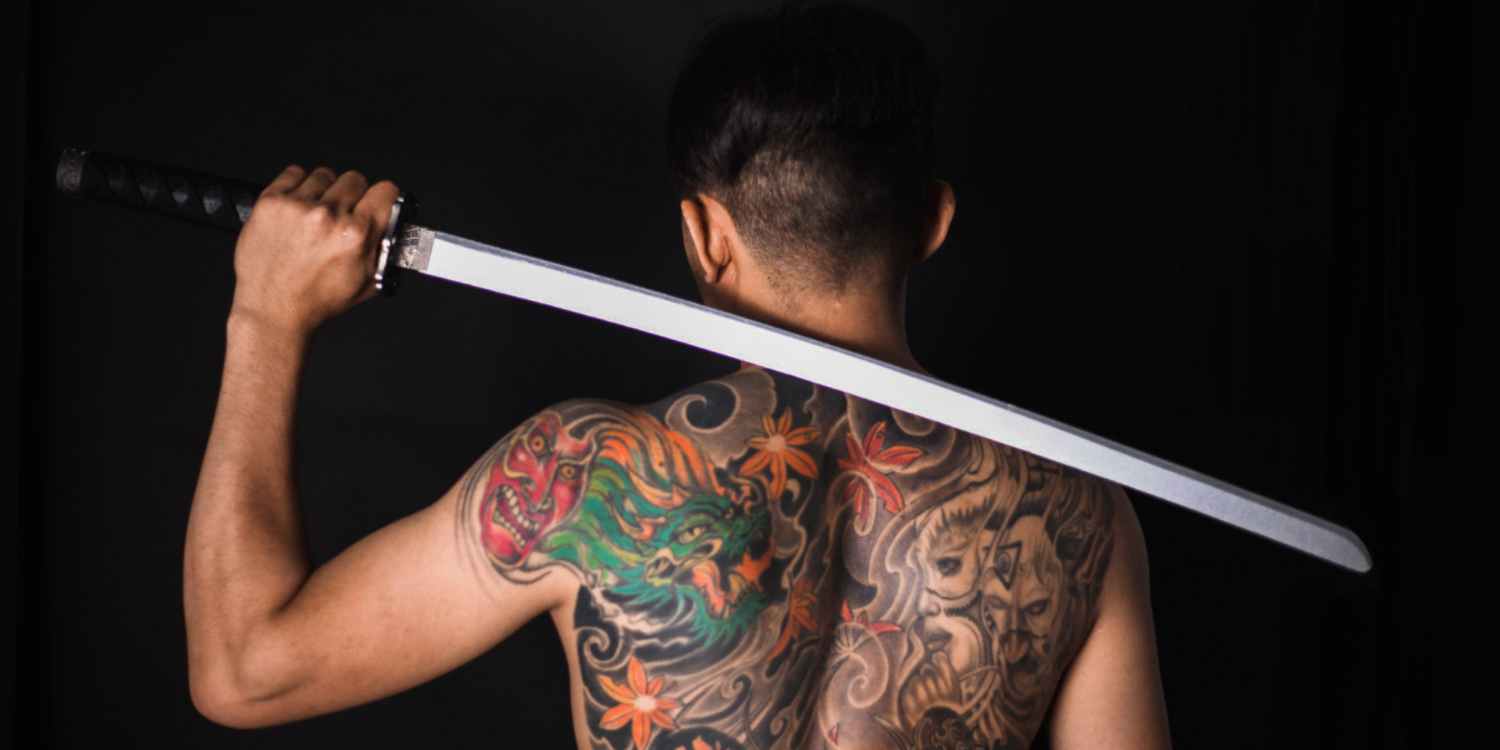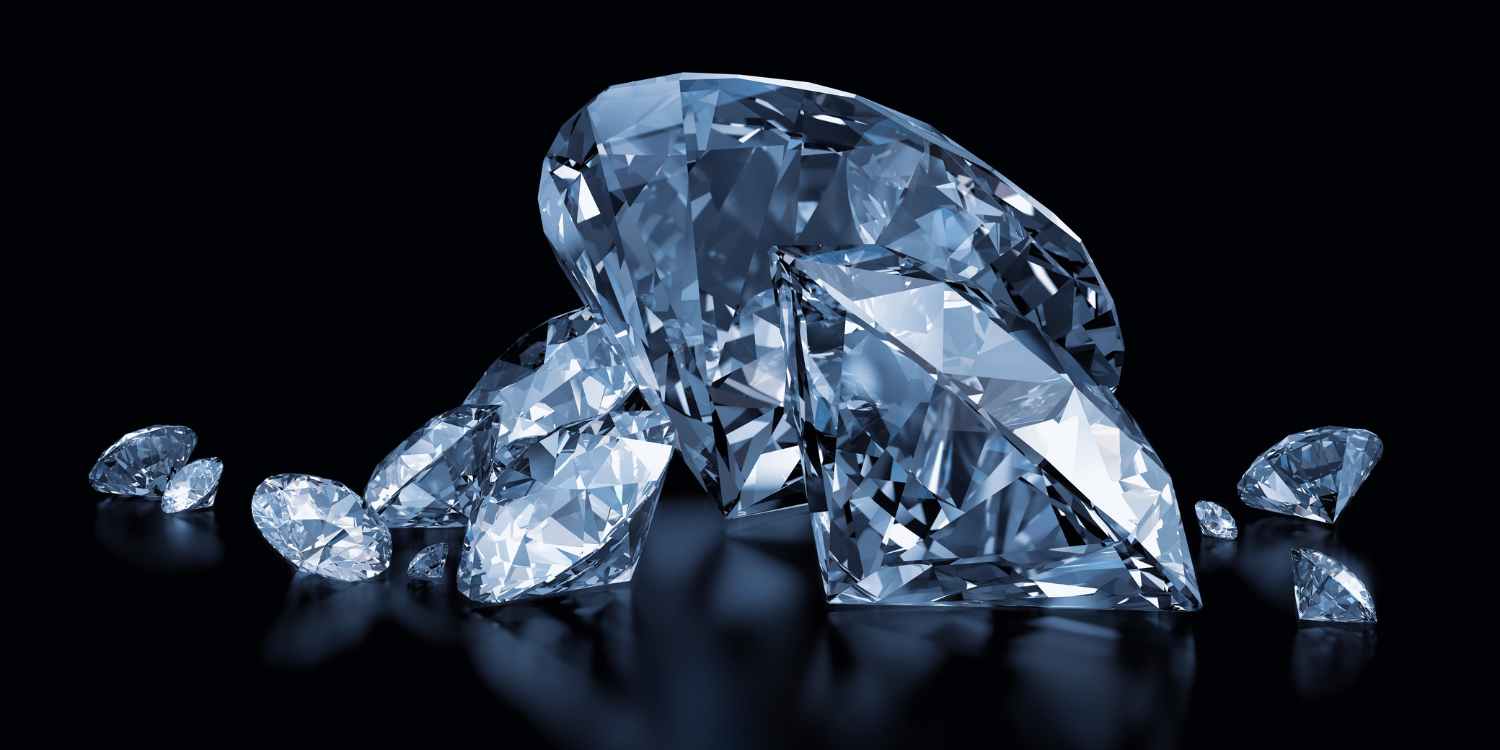Nipple piercing is a popular form of body modification that has been around for centuries. It involves inserting a piece of jewelry through the nipple, which can be done on one or both nipples. While this type of piercing is considered taboo by some, it is a common and accepted practice for many. In this comprehensive guide, we will discuss everything you need to know about nipple piercing, including the history, the procedure, aftercare, and more.
History of Nipple Piercing
Nipple piercing has been around for centuries, with evidence of its practice dating back to ancient times. In many cultures, nipple piercing was seen as a symbol of status or wealth. It was also believed to have therapeutic properties, and was used to treat various ailments. In the 19th century, nipple piercing became popular among the Victorian upper class, who wore discreet nipple rings as a sign of their social status. Today, nipple piercing is a popular form of self-expression and body modification.
Different styles and designs for nipple piercing
As nipple piercings have become more popular, different styles and designs have emerged. Here are some of the most common styles of nipple piercings:
Horizontal Nipple Piercing: This type of piercing goes through the nipple horizontally, with the barbell exiting on either side of the nipple. It’s a great option for those with small or inverted nipples.
Vertical Nipple Piercing: A vertical nipple piercing is when the barbell goes through the nipple vertically, from top to bottom. This style is popular because it can enhance the appearance of the nipple, making it appear more prominent.
Multiple Nipple Piercings: Some people choose to have more than one nipple piercing, either on one nipple or both. Multiple piercings can be done horizontally, vertically, or even diagonally, creating a unique look.
Dangle Nipple Piercing: This type of nipple piercing involves adding a charm or dangle to the end of the barbell. Charms can be anything from a simple ball to a decorative piece of jewelry, making it a fun and unique way to express your style.
Areola Nipple Piercing: An areola nipple piercing is done around the edge of the areola, rather than through the nipple itself. This can be a great option for those who have inverted nipples, as it can provide more stimulation during sexual activity.
Shield Nipple Piercing: A shield nipple piercing is a decorative piece of jewelry that is worn over the nipple. The shield can be made of a variety of materials, including metal, acrylic, or even wood.
Diamond Nipple Piercing: A diamond nipple piercing is a type of vertical piercing where a diamond is attached to the end of the barbell. This style is often chosen for its unique and glamorous appearance.
It’s important to note that not all of these styles may be suitable for everyone. It’s best to consult with a professional piercer to determine which style is best for your anatomy and personal preferences.
The Nipple Piercing Procedure
Before getting a nipple piercing, it is important to find a reputable piercer who uses sterile equipment and follows proper safety procedures. The piercing process itself involves the following steps:
- Cleaning the area: The piercer will clean the nipple and surrounding area with a disinfectant solution.
- Marking the piercing location: The piercer will mark the location where the piercing will be done using a sterile pen.
- Piercing the nipple: Using a sterile needle, the piercer will make a small hole through the nipple.
- Inserting the jewelry: The piercer will then insert a piece of jewelry through the hole.
- The entire process typically takes only a few minutes and is relatively painless.
Aftercare for Nipple Piercing
After getting a nipple piercing, it is important to follow proper aftercare instructions to prevent infection and promote healing. Here are some tips for caring for your nipple piercing:
- Clean the piercing regularly: Use a saline solution to clean the piercing twice a day.
- Avoid touching the piercing: Do not touch the piercing with dirty hands or let others touch it.
- Wear loose clothing: Avoid wearing tight clothing that can rub against the piercing.
- Avoid swimming or soaking: Avoid swimming or soaking in hot tubs until the piercing has fully healed.
Potential Risks and Complications
While nipple piercing is generally safe, there are potential risks and complications that can arise. These include:
- Infection: The piercing site can become infected if not properly cared for.
- Migration or rejection: The body may reject the jewelry, causing it to migrate or be pushed out of the piercing site.
- Scarring: Scarring can occur if the piercing is not done properly or if the aftercare instructions are not followed.
- Nerve damage: In rare cases, the piercing can damage nerves in the nipple, causing numbness or loss of sensation.
Conclusion
Nipple piercing is a popular form of body modification that has been around for centuries. While the procedure is relatively simple and painless, it is important to find a reputable piercer and follow proper aftercare instructions to prevent infection and promote healing. Like any form of body modification, nipple piercing comes with potential risks and complications, so it is important to weigh the pros and cons before deciding to get one.













